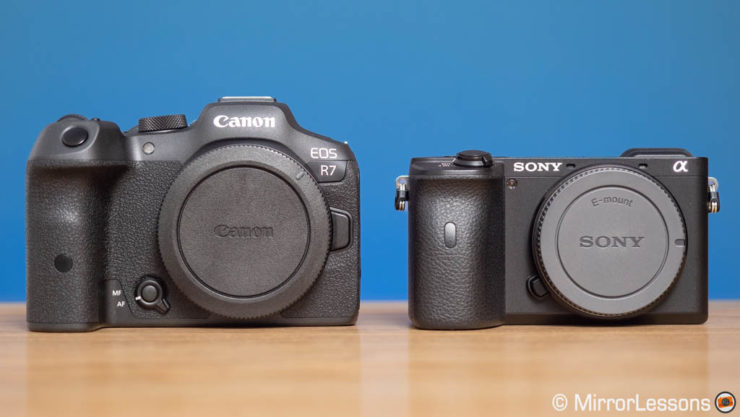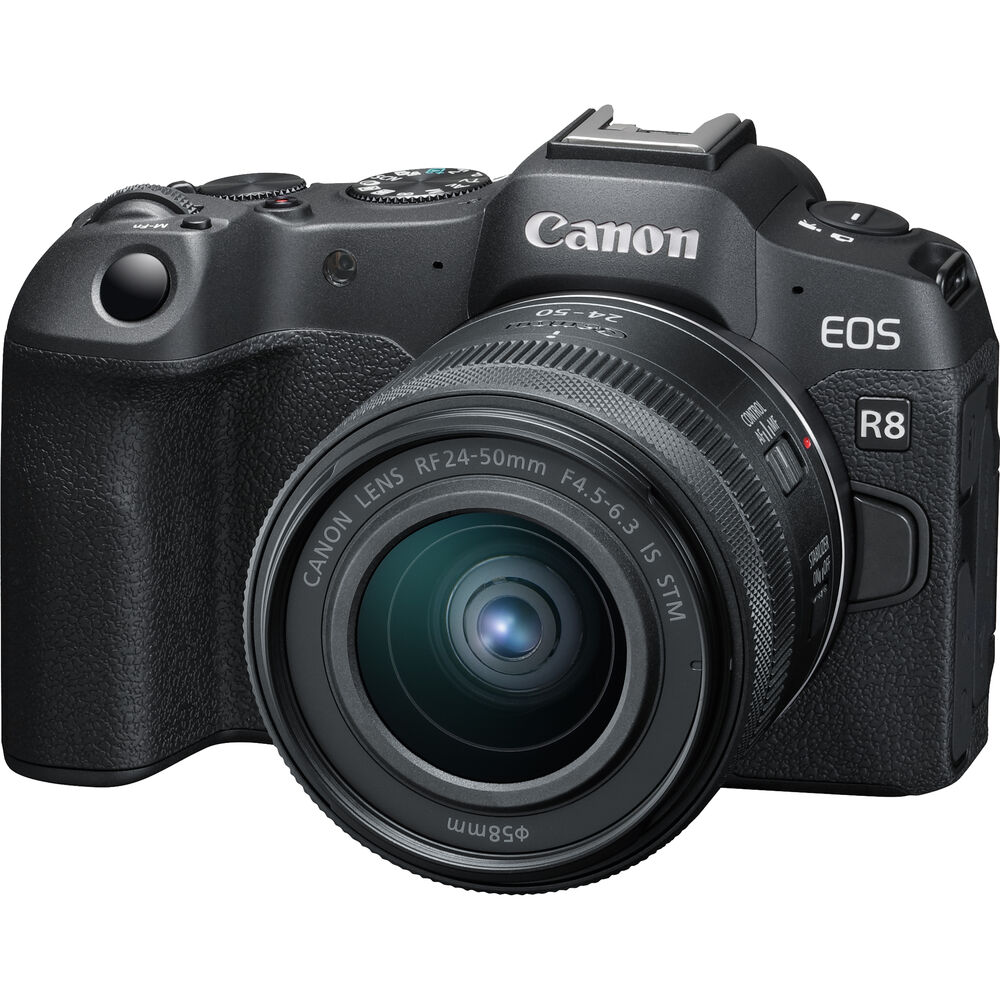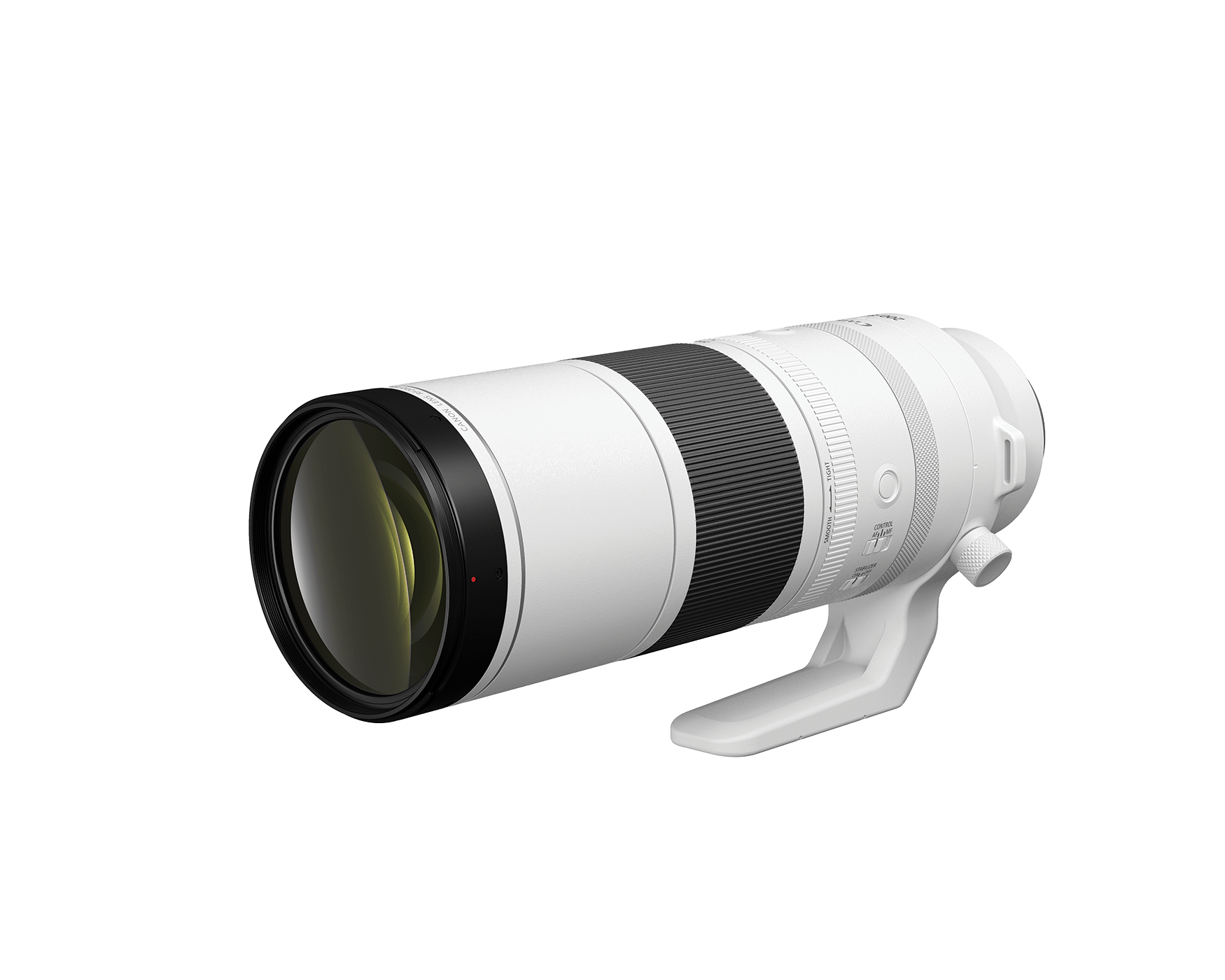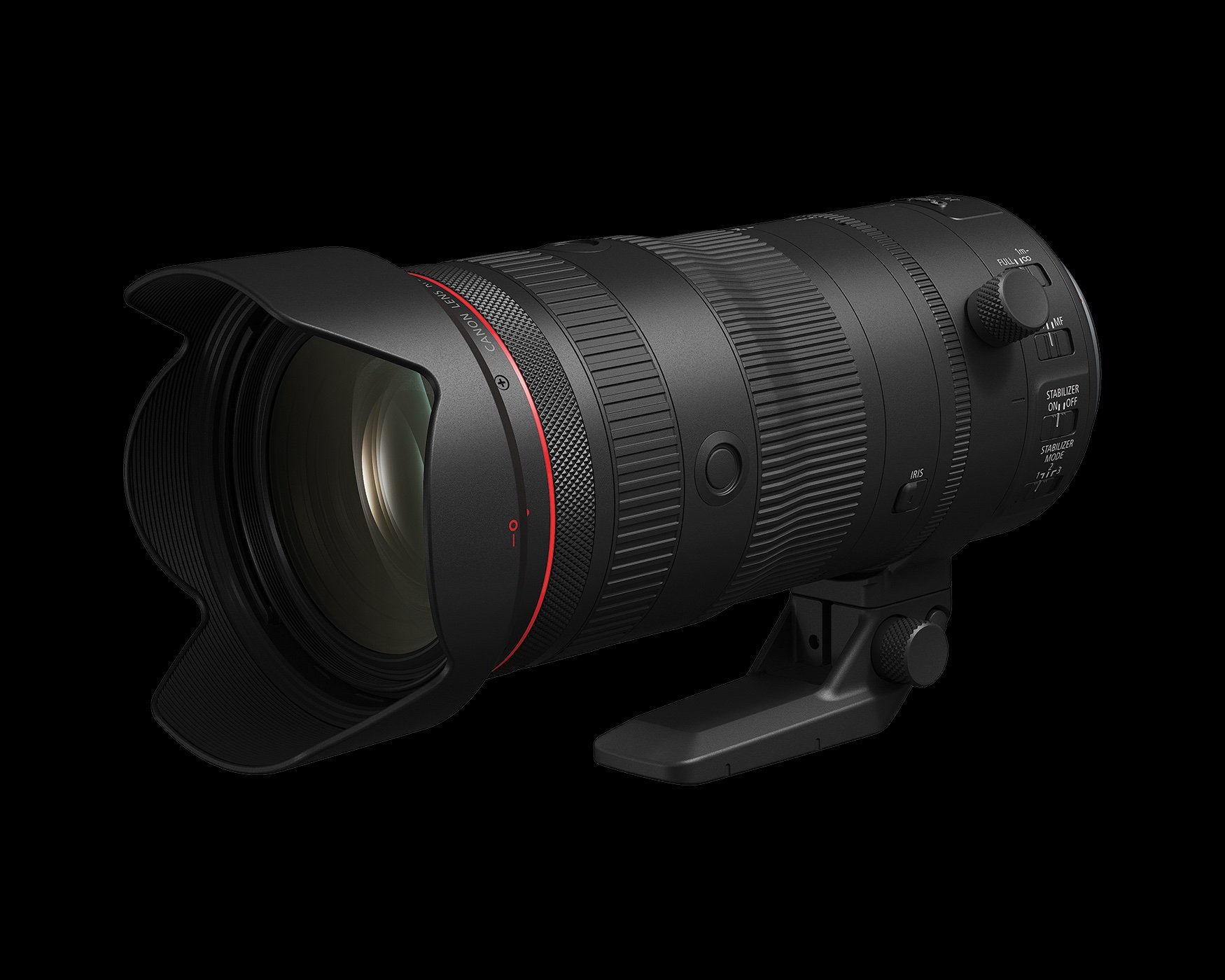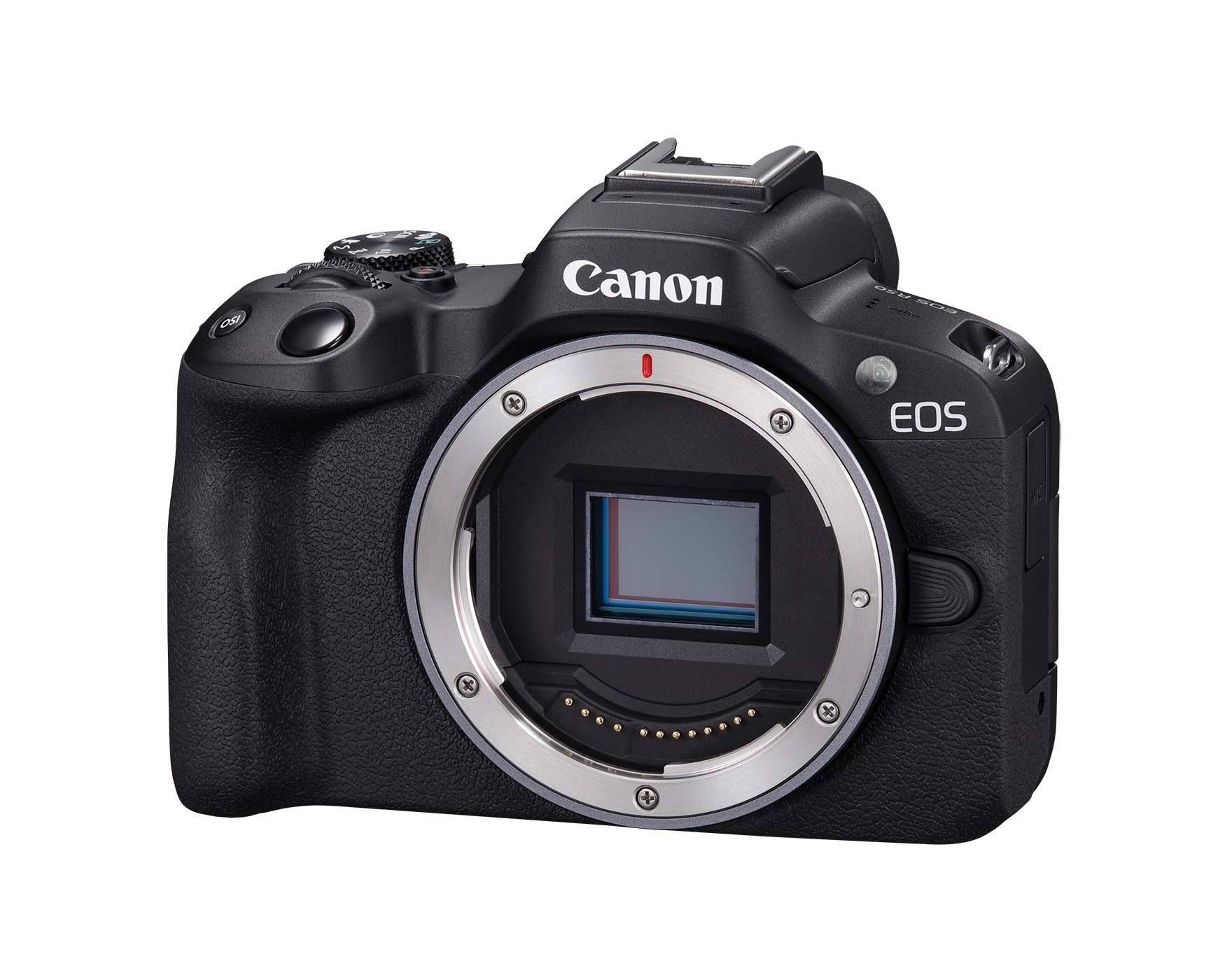Here is a Canon EOS R8 review by our favourite gear reviewer. Canon EOS R8…
Canon EOS R7 vs Sony A6600 Review: 10 Main Differences, And A Full Comparison
How do the Canon EOS R7 vs Sony a6600 compare? What are the main differences? Read on to find out.
Canon EOS R7 at a glance:
- 32.5MP APS-C CMOS Sensor
- RF mount
- Dual Pixel CMOS AF II
- 4K60 10-Bit Video, HDR-PQ & C-Log 3
- 30 fps E. Shutter, 15 fps Mech. Shutter
- 2.36m-Dot OLED EVF
- 1.6m-Dot Vari-Angle Touchscreen LCD
- Sensor-Shift 5-Axis Image Stabilization
- Dual UHS-II Memory Card Slots
- Multi-Function Shoe, Wi-Fi and Bluetooth
Sony A6600 at a glance:
- 24.2MP APS-C Exmor CMOS Sensor
- BIONZ X Image Processor
- UHD 4K30p Video with HLG & S-Log3 Gammas
- XGA Tru-Finder 2.36m-Dot OLED EVF
- 3.0″ 921.6k-Dot 180° Tilting Touchscreen
- 5-Axis SteadyShot INSIDE Stabilization
- Up to 11-fps Shooting, ISO 100-32000
- 4D FOCUS with 425 Phase-Detect Points
- Real Time Eye AF for Stills and Video
- Headphone & Mic Ports, Wi-Fi & Bluetooth
Mirrorless Comparison posted their exhaustive Canon EOS R7 vs Sony a6600 review. You’ll find anything needed to compare both cameras. From their conclusion:
We list the 10 main differences and suggest you visit Mirrorless Comparison to get the entire picture. They cover anything from ergonomics to image quality and ISO performance, not to mention the many sample pictures. You might also watch the video-review at the end of the post.
The 10 Main Differences in a Nutshell
- Design: the A6600 is smaller and lighter, but the R7 has a more comfortable grip and a better button layout (except for the hybrid dial/joystick solution that I personally don’t like).
- Viewfinder / LCD: similar specs, but different position for the EVFs. The LCD monitor on the Canon offers better resolution and more touch capabilities. That of the Sony tilts up 180˚ but is not multi-angle.
- Cards and Battery: two slots for the R7 (UHS-II), one for the A6600 (UHS-I). Battery life is similar, but the Sony can last for a little longer.
- Image Quality: more resolution on the R7 sensor, but also more noise at high ISO, and when opening the shadows in post. I prefer the colours on the Canon for the most part.
- Autofocus: the R7 is more advanced and can recognise a larger variety of subjects. Eye AF for humans is more reliable and works for video on the Canon. That said, the A6600 does well when given a challenge (birds in flight).
- Drive Speed: The R7 has a superior continuous shooting speed of 30fps, but it comes with severe rolling shutter. With the mechanical mode, you can work at 15fps. The Sony maxes out at 11fps. Neither excels in terms of their buffer capabilities.
- Image Stabilisation: you can push the R7 further when it comes to hand-held still photos, and it also delivers smoother results for movie recording.
- Video: both cameras offer great quality in 4K up to 30p. The R7 goes up to 60p, but with a choice of reduced sharpness, or a heavy 1.8x sensor crop. The Canon can record 10-bit 4:2:2 internally, whereas the Sony has more advanced settings to fine-tune the image.
- Extra Features: The R7 packs a few more functionalities, like focus bracketing and focus stacking, as well as the Pre-Shooting mode.
- Price and Lenses: The A6600 is less expensive, but not by much, unless you find a special offer. The Sony E-mount system is vaster and more complete (if we look at native lenses).
And here is Mirrorless Comparison’s video review:

